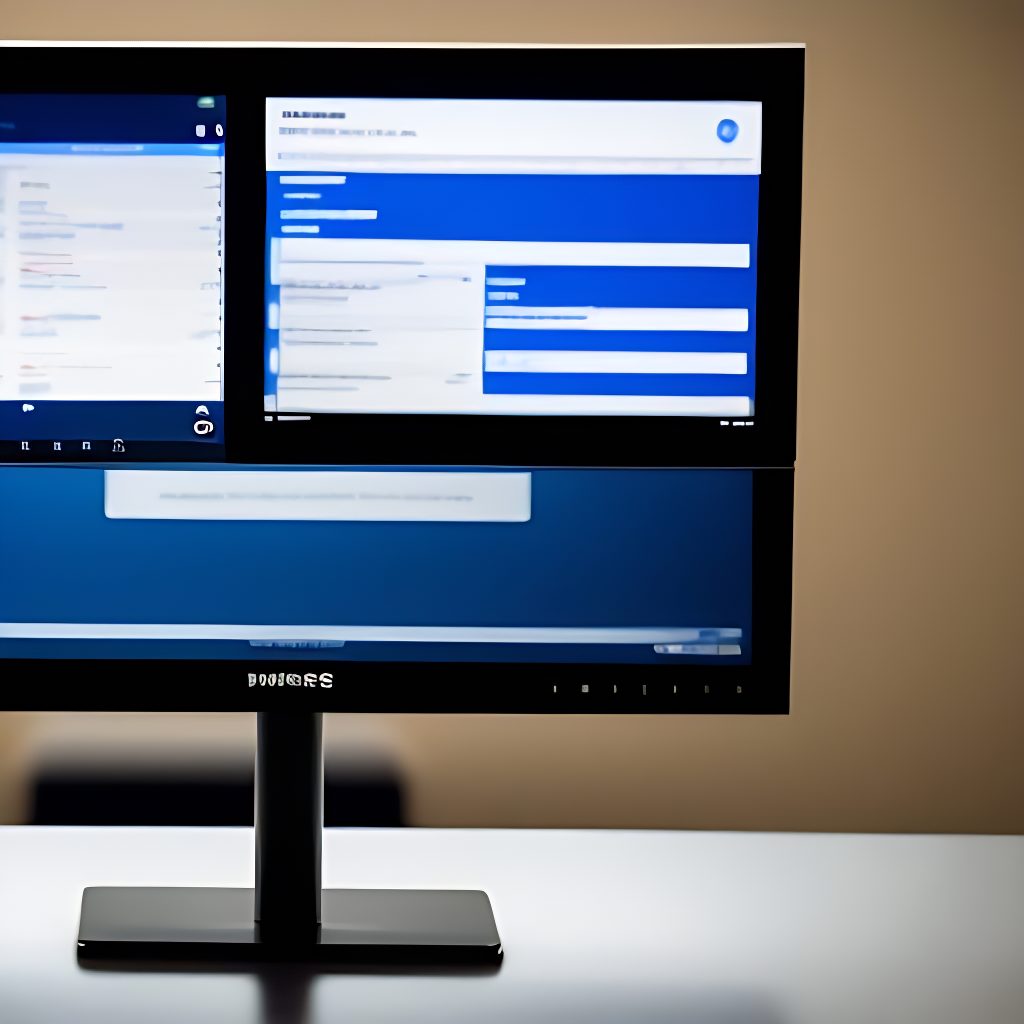Almost every company of a certain size has a ton of video lying around, from the most varied sources. And almost every company has the need to train personnel, to familiarize them with internal processes and the way of doing things in that particular company. So why not combine these two elements to make training videos with the material you already have?
A “dark video archive” is not useful
As we said in the intro, in many companies there are hundreds or thousands of videos scattered all over the different storage systems or hard disks. All of this footage comes from the most diverse sources, like presentations, advertising, internal demos, product showcases or client demos. It exists in a variety of formats and, in most cases, each department has its own small pool of video files.
But this is not effective, because there is no clear way to find a certain video, when you need it. This is why we call this a “dark video archive”. No one knows exactly what is in it, until someone opens and watches the videos.
But this also isn’t effective. And there are three main reasons for it:
- Time required. Watching tens of hours of video in order to find a segment we know exists somewhere is not efficient. And watching hundreds of hours is just not feasible.
- Scattered files. As we already said, usually there is no central repository of video. So if you need a certain material you may have to talk to different people, in different departments, to find out what they have and where it is. And this takes time.
- Ephemeral results. Also, after you finish your project, the results you have obtained vanish again. The next time someone needs to find something similar to what you were looking for, he or she has to start from the beginning. All over again.

An EVCM is the solution

In order to get a complete view of all the available files, you need something akin to a database, but for video. This is called an EVCM (Enterprise Video Content Management). These systems, like our own Videoma Archive, allow you to have the complete control over all the video assets, even if they reside on different systems, devices or even locations. As long as there is a network connection, you can import them all to the EVCM. And if new videos are added to the supervised locations, they are imported automatically, without your intervention, so the database is always up to date.
But this is not all. Thanks to its AI modules Videoma can analyze the imported videos in 24/7 and extract all the metadata you need, in order to make the video content completely searchable. How exactly? Well that depends on your needs. First of all, you have to define what you need from the video. The available options are facial recognition, speech-to-text, speaker id, translation, object recognition, among others.
This means that you can have, for example, a complete transcript from a product presentation and search for a specific word or phrase. Even in the presentations from the last five years. And the platform will return immediately all the videos or audio that contain the phrase, taking you directly to the time point where it was said, with a simple click.
Build your training videos in record time
Once you have all the videos under control and the ability to search through them, the task of building your own training videos has become much easier. If you know what you want to include in the training video, you only need to search for the material in all of your new formed repository. Videoma will locate all the clips that match your search and allow you to export them with just a couple of clicks.
Once you have the base material is it just a case of stitching it together, in order to build your training unit. In fact, you can return this montage to Videoma so it will be analyzed and indexed. This way, all the employees looking to learn a specific topic do not need to watch the whole video, but can skip directly to the point where it is explained. Again, a huge time saver.
Conclusion
Don’t let video material pile up in your company’s storage, but put it to work importing it into an EVCM so it can be searched by its contents with ease, and reused. In this use case the main goal is to build training video from all the material already available in the company, but there are, obviously, many more uses for an EVCM we will see in future articles.

